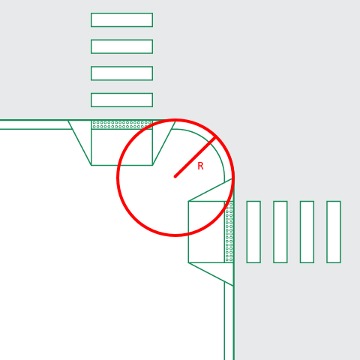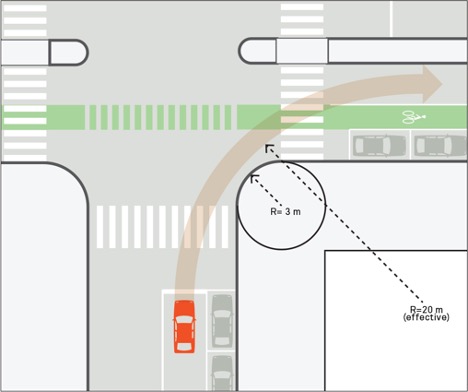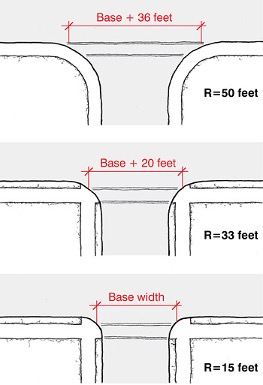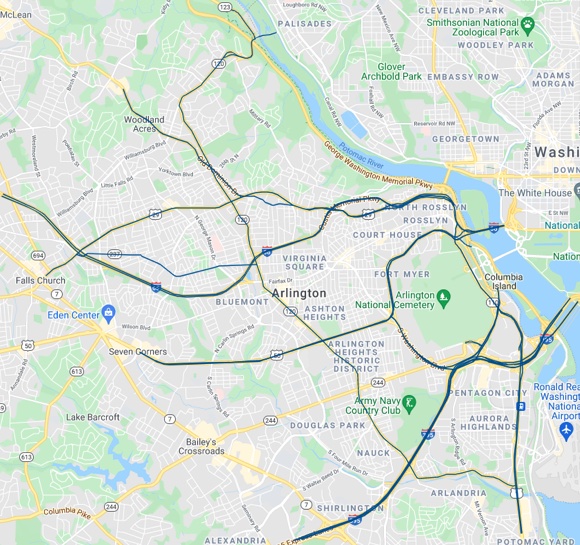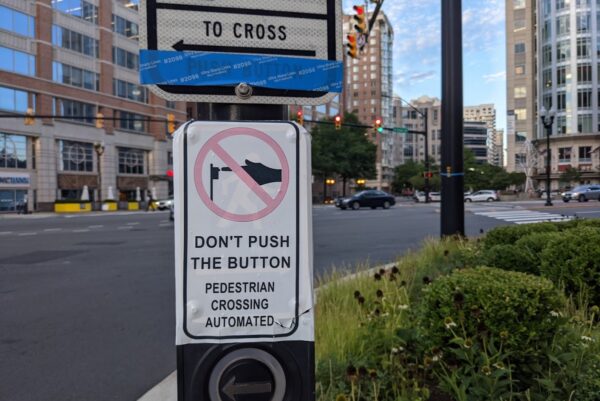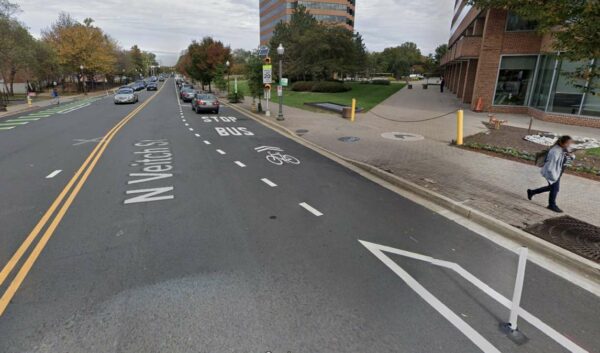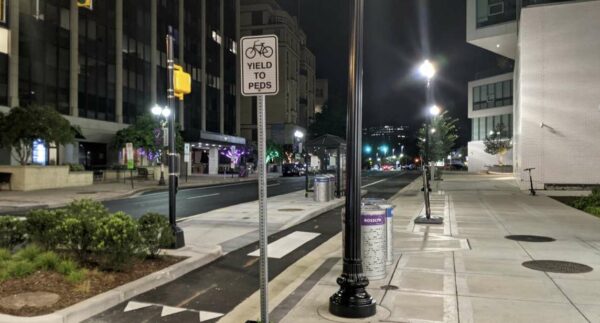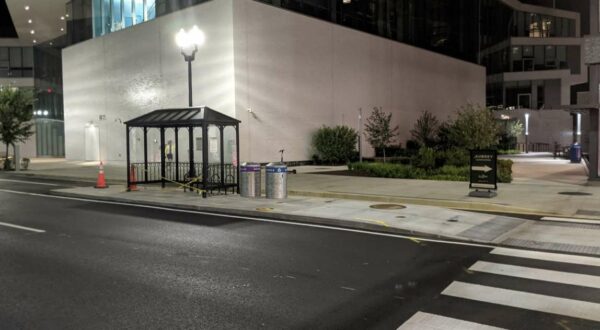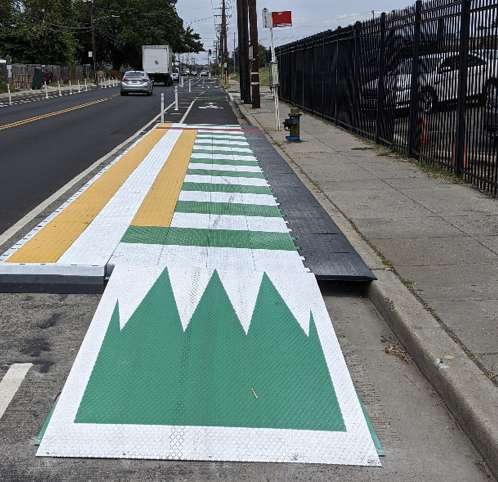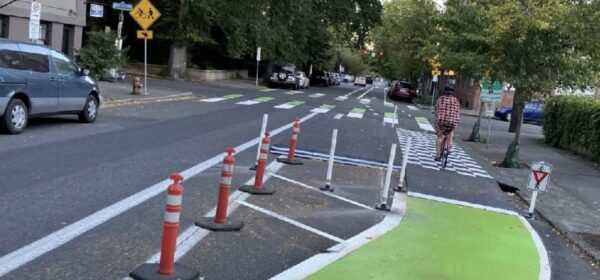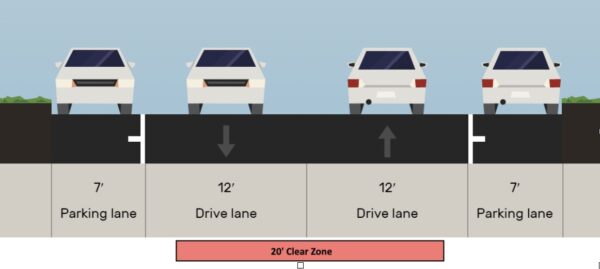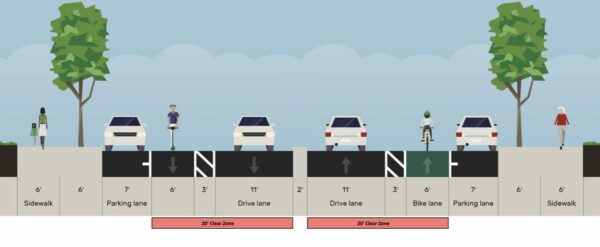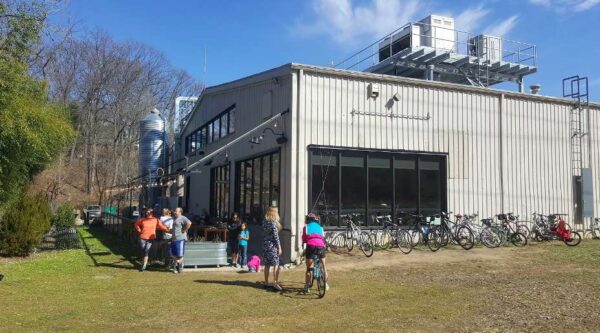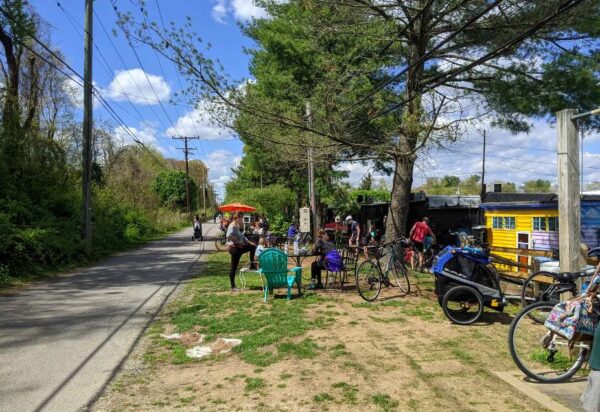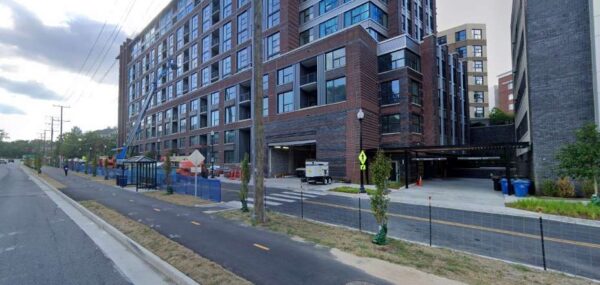Modern Mobility is a biweekly opinion column. The views expressed are solely the author’s.
With my final Modern Mobility column I’d like to look back at the last few years and look ahead to the next few.
I’ll talk about what it’s been like writing Modern Mobility and how it will continue in 2022. I’ll highlight some developments in local transportation over the last few years that I think are very good or very bad, and I’ll look at the top 5 things I’m looking forward to in the future.
Looking Back — Modern Mobility
First off — it’s been a pleasure writing this column and I’d like to thank everyone who took the time to read it. Your time and attention are scarce and valuable, and I greatly appreciate you spending some of it reading my column. To those who have engaged in good faith with me in the comments, thank you — even if we have continued to disagree, I have enjoyed the dialogue. To those who have gone to the comments to complain about what you thought I said, without actually reading the column and learning otherwise, I invite you to find a more useful hobby.
Looking Ahead — Modern Mobility
While I’m losing my place here at ARLnow, I will be continuing to write on transportation while sprinkling in some general Arlington government content. Future Modern Mobility posts will be hosted as a blog here on my personal website. You can sign-up to be notified by email when new articles are posted or add the blog to your favorite feed reader (Feedly is great). I hope to continue writing about two articles per month.
Looking Back — Transportation
- Thumbs up to Vision Zero: with Arlington’s Vision Zero action plan, the County is finally working to make fundamental changes to how they operate, putting safety at the center. It’s not going to be quick and I expect there will be stumbling blocks and growing pains, but Arlington managed to adopt a plan focused on improving processes (including across departments) rather than creating a performative checklist so the opportunity is there if we can do the work.
- Thumbs down to the Fire Clearance Quagmire: Neighborhood Complete Streets sidewalk projects are stalled, protected bike lanes are being axed and entire blocks of street parking are getting ripped out, all behind closed doors with no record of when exceptions to the clear width rule are being granted, when they’re denied, and how these decisions are being made. The Virginia Fire Code grants us the flexibility to modify this clear width to meet our street safety goals, and we need to do so much more often than we are. We need transparent leadership on this from the County Manager.
- Thumbs up to kicking-off feasibility studies for upgrading the Arlington Blvd Trail around Glebe Road and extending the Four Mile Run Trail underpass beneath Shirlington Road. While only studies, and not design or construction funding, these are important first steps to solve long-standing safety issues on our trail network.
- Thumbs up to School Slow Zones and moving forward on Automated Enforcement. While designing streets that “self-enforce” safety through their design and construction is the best way to improve street safety, lower speed limits and automated enforcement have an important supporting role while we work toward that goal.
- Thumbs down to Scooters blocking sidewalks. E-Scooters have great potential to provide a much more sustainable transportation option for short trips than cars, and many folks seem willing to ride them who aren’t interested in riding a bike. Unfortunately, the public’s main exposure to these vehicles is via micromobility providers like Bird and Spin whose “dockless” model continues to fail at demonstrating it can be compatible with our street infrastructure and respectful of other users. Despite having years to train their employees to properly stage their fleets each morning and over two years of the County having the ability fine and revoke the license for these providers, scooters inhibiting pedestrian movement continues to be a frequent issue and many of our neighbors in wheelchairs do not have the ability to simply move the scooter out of their way. If Arlington can’t bring the existing providers into compliance, the only reasonable futures for e-scooters in Arlington increasingly looks to be private ownership or a “docked” rental model like Capital Bikeshare.
Looking Ahead — Transportation
Transportation developments I’m looking forward to over the next few years:




